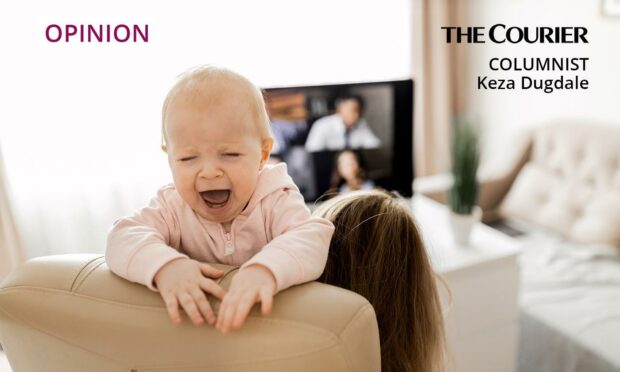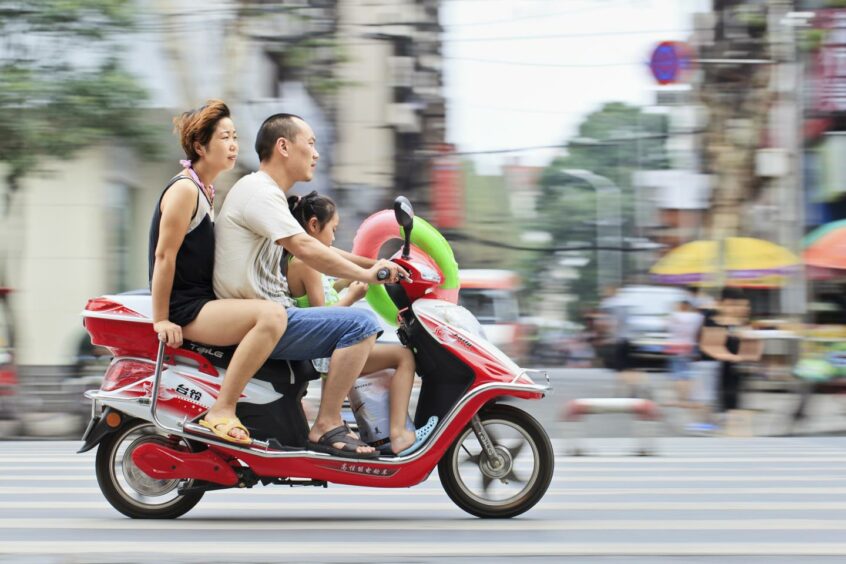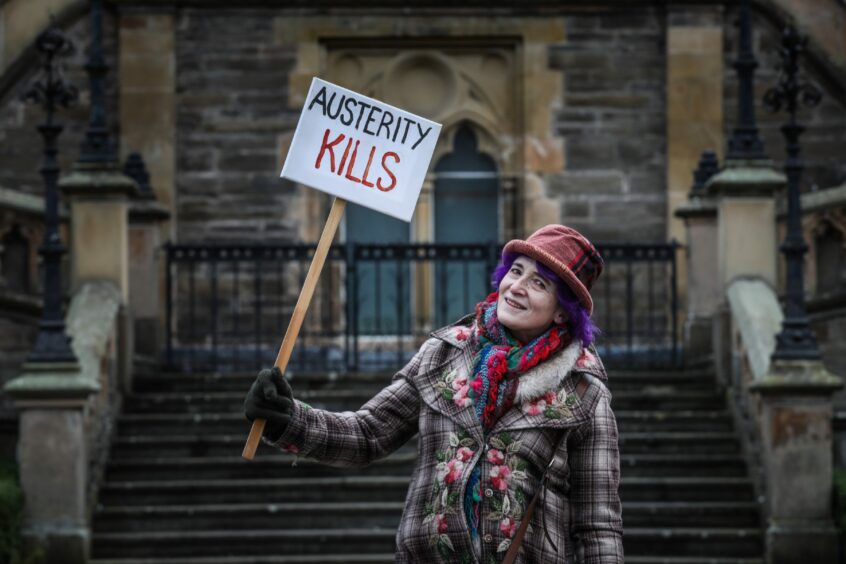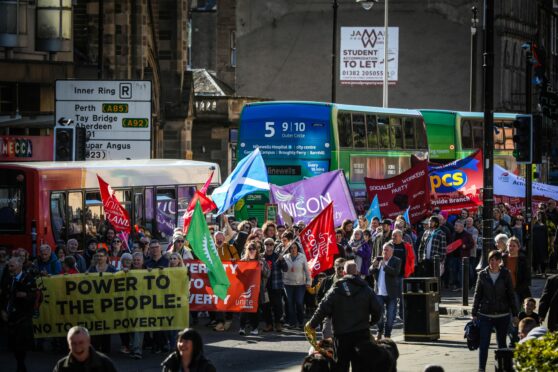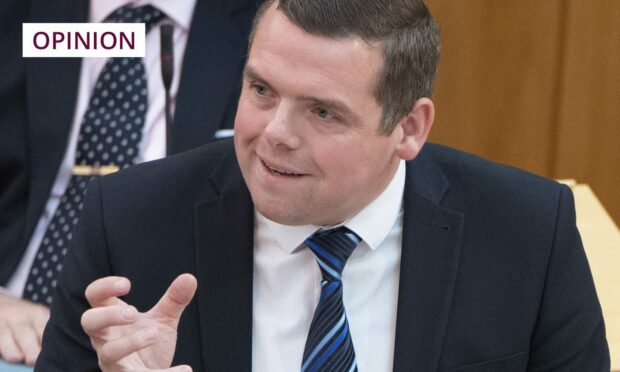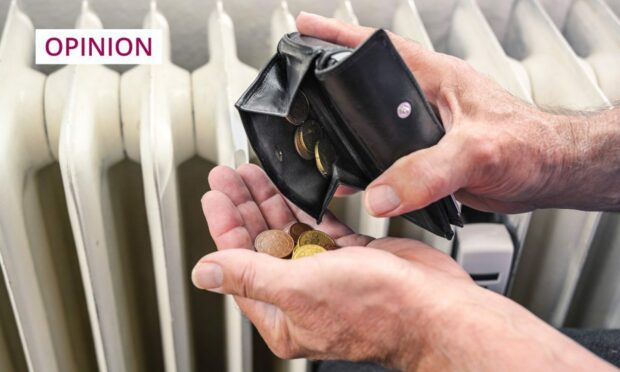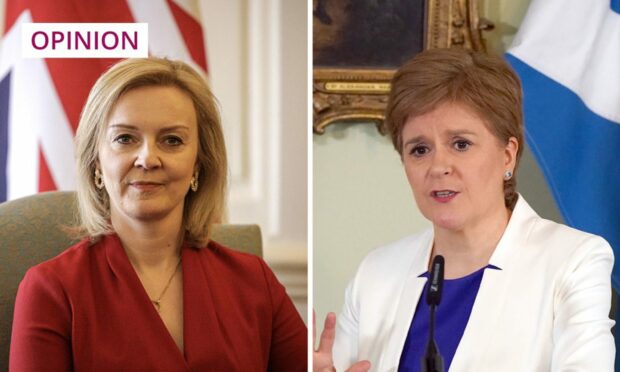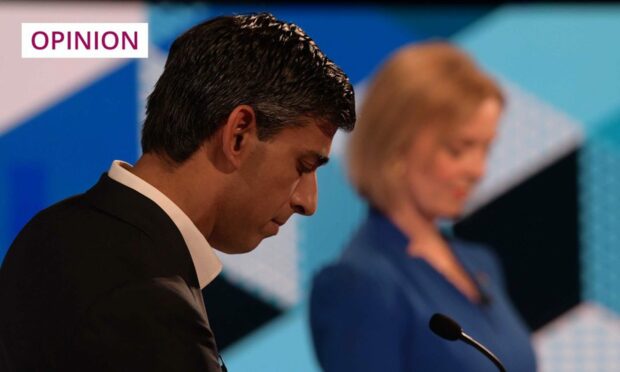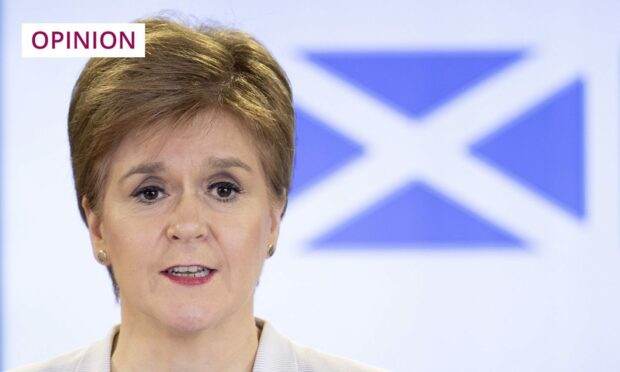The Chinese government announced it was expanding free fertility treatment this week, in a desperate attempt to reverse the county’s demographic challenges.
China, once famed for its policy of only allowing families to have one child, has woken up to the fact it has an ageing population.
An expanding middle class and burgeoning numbers of pensioners means it desperately needs its women of child bearing age to get busy.
Like other countries across the globe – like Scotland – marriage is now in decline there, with women putting their own economic and educational advancement first.
When they do choose to have children, they do so much later in life.
And it’s got me thinking about the population challenges that Scotland faces.
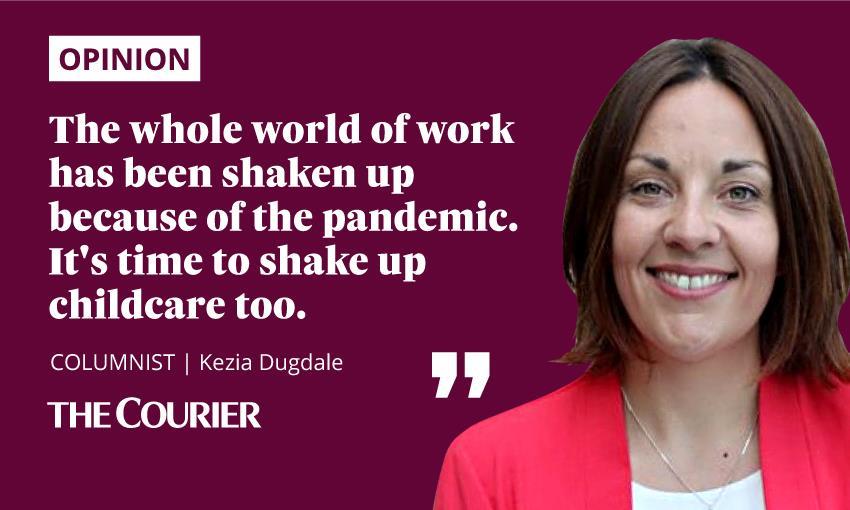
As a country we’ve been growing in number for the last 20 years. Yet for the last six years, the number of people dying has outnumbered the birth rate.
We’re still growing though, because of migration.
Or at least we were.
Depopulation affects us all
The next set of numbers at the end of the summer will detail the real impact of Brexit and could see our population numbers go into reverse.
Which means we could be in even deeper trouble.
We’re all getting older and of course that’s a good thing.
Life expectancy is rising and most people are living relatively healthy lives long into their retirement years.
That progress comes at a price though, in the shape of the rapidly rising cost of health and social security systems such as pensions.
I’m 40 and I fully expect the retirement age to be at least 70 by the time I get there, possibly 75.
This underlying tension is at the heart of many industrial disputes at the moment.
Understandably so, because there’s an inherent unfairness between the generations.
But what can Scotland do to increase the size of the next generation?
We can’t sacrifice the gains women have made
The answer surely lies in addressing just how expensive it is now to have a kid.
As newspapers populate their pages with stories of rising food and energy costs, national insurance increases and wages freezes, the space to talk about the price of parenthood is squeezed once again.
At the root of all that is the lack of affordable accessible childcare.
The burden on women to address these population challenges is far greater than just popping the babies out.
Scotland’s birth rate fell dramatically in the 1960s and 1970s, at the same time as women’s rights were finally being realised.
There was readier access to contraception.
The Equal Pay Act gave women more economic freedom and rights at work.
More women studied and for longer, often increasing their earning power.
Fewer women had larger families and those who did have children had them much later in life.
The advancement of women equalled a declining birth rate.
There’s a great danger that any action we take to increase the birth rate dismantles all that progress and drags women back to the 1950s.
Fewer women in education and at work, with careers and opportunities equal to men is not a price I’m prepared to pay for a decent pension.
So what’s the alternative?
Childcare issue must be addressed
The starting point is surely to share the burden on families between women and men equally and for the state to take a slice of that burden too by providing the institutions and structures required to support them.
That starts with high quality, affordable and accessible childcare.
I’ve long thought our childcare system is completely out of step with what families actually need.
At the moment it’s based on a system of hours a week for all children aged three or four.
Families are offered places on Mondays and Thursdays, and if that doesn’t suit your work schedule tough luck, go private.
You can access the childcare you need in the council area you live in, but there’s no guarantee that you can have in the council area you work in, even if that would make life 10 times easier and avoid mad dashes across imaginary county lines.
The summer holidays still represent a massive six-week headache of patching up the gaps and cashing in favours.
If your kids are under-two or over-five you’re back to paying a fortune.
A v progressive move by Finland, great for gender equality. Use-it-or-lose-it paternity leave means more dads spending time with babies as primary carer in first year = more likely to go back to work flexibly/do more childcare later onhttps://t.co/iI9qqB56kp
— Sonia Sodha (@soniasodha) February 5, 2020
Why can’t the provision of childcare be like the provision of schooling or healthcare?
Why can’t we have early learning centres like Finland, where they are free and open from 6am to 10pm so families can use as they need them.
Imagine. A system that finally offers services for people who work shifts and anything other than a 9 to 5 office working pattern.
The whole world of work has been shaken up because of the pandemic. It’s time to shake up childcare too.
And it’s not just about those children’s futures, as important as that is. It’s an economic necessity for us all.
